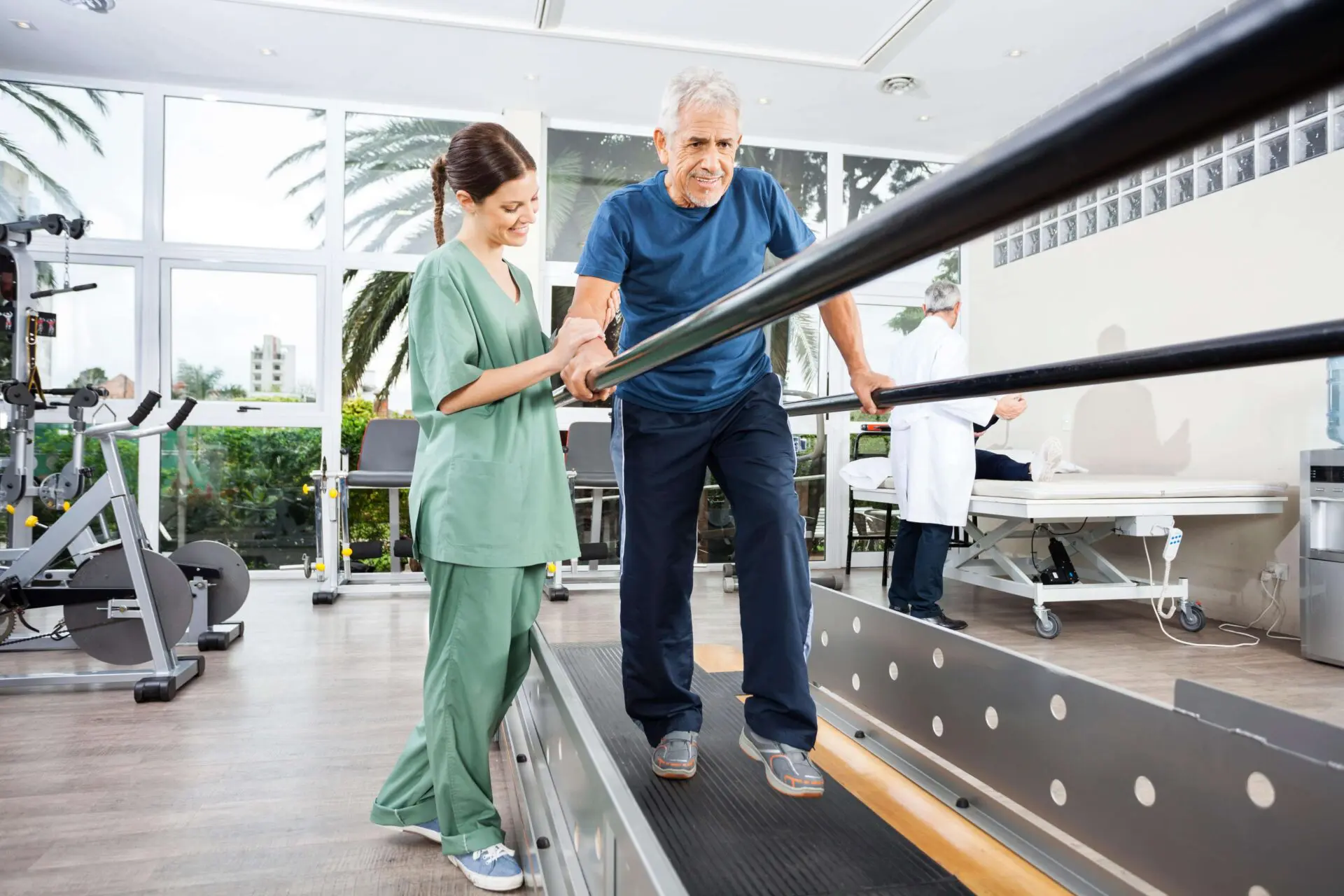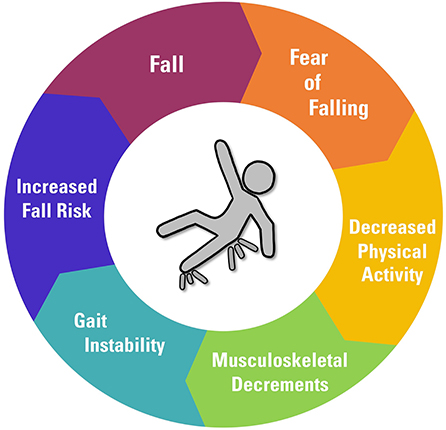Our Dementia Fall Risk Diaries
The Basic Principles Of Dementia Fall Risk
Table of ContentsExamine This Report about Dementia Fall RiskThe Basic Principles Of Dementia Fall Risk How Dementia Fall Risk can Save You Time, Stress, and Money.The Best Guide To Dementia Fall RiskThe Single Strategy To Use For Dementia Fall Risk
The FRAT has 3 sections: drop danger status, threat factor checklist, and action strategy. An Autumn Threat Standing includes data concerning history of recent drops, drugs, emotional and cognitive standing of the individual - Dementia Fall Risk.If the client scores on a danger element, the equivalent number of points are counted to the client's autumn threat score in the box to the far ideal. If a patient's autumn danger rating amounts to 5 or greater, the person is at high risk for falls. If the patient ratings only four points or reduced, they are still at some threat of dropping, and the nurse should use their best scientific assessment to manage all autumn risk factors as part of an alternative treatment plan.
These common techniques, in basic, help create a secure environment that minimizes unintentional falls and marks core precautionary measures for all individuals. Signs are essential for people at risk for drops.
Indicators on Dementia Fall Risk You Should Know
As an example, wristbands should include the client's last and very first name, date of birth, and NHS number in the UK. Details must be printed/written in black versus a white history. Just red shade should be made use of to indicate unique person standing. These referrals follow current developments in client identification (Sevdalis et al., 2009).
Things that are also much may require the patient to connect or ambulate needlessly and can potentially be a risk or contribute to falls. Helps avoid the patient from heading out of bed with no help. Registered nurses react to fallers' phone call lights faster than they do to lights initiated by non-fallers.
Visual problems can significantly create falls. Keeping the beds closer to the floor lowers the danger of falls and major injury. Placing the cushion on the floor dramatically decreases loss threat in some medical care setups.
Things about Dementia Fall Risk
Patients that are high and with weak leg muscle mass that try to rest on the bed from a standing placement are likely to drop onto the bed since it's as well reduced for them to decrease themselves safely. Likewise, if a high patient efforts to rise from a reduced bed without support, the look at this web-site client is likely to fall back down onto the bed or miss out on the bed and fall onto the flooring.
They're made to advertise timely rescue, not to prevent falls from bed. Apart from bed alarm systems, boosted supervision for risky people additionally might assist avoid falls.

Clients with an evasion stride rise loss possibilities considerably. To minimize autumn danger, shoes should be with a little to no heel, slim soles with slip-resistant step, and sustain the ankles. Recommend client to use nonskid socks to stop the feet from moving upon standing. Encourage people to use ideal, well-fitting shoesnot nonskid socks for motion.
The Ultimate Guide To Dementia Fall Risk
Individuals, especially older grownups, have minimized visual capability. Lights an unfamiliar environment assists raise visibility if the person should stand up during the night. In a research study, homes with ample lighting record fewer drops (Ramulu et al., 2021). Renovation in lighting in your home Full Article might minimize loss rates in older adults (Dementia Fall Risk). The usage of stride belts by all health and wellness treatment service providers can advertise safety and security when assisting individuals with transfers from bed to chair.

Caretakers work for guaranteeing a secure, protected, and secure environment. Studies showed really low-certainty proof that sitters lower loss threat in severe care hospitals and only moderate-certainty that options like video clip monitoring can decrease sitter use without boosting autumn risk, recommending that caretakers are not as valuable as originally thought (Greely et al., 2020).
Excitement About Dementia Fall Risk

Enhanced physical fitness decreases the threat for drops and limits injury that is sustained when autumn transpires. Land and water-based workout programs may be in a similar way helpful on balance and stride and therefore minimize the risk for falls. Water exercise may add a positive advantage on balance and stride for ladies 65 years and older.
Chair Surge Exercise is an easy sit-to-stand workout that assists reinforce the muscle mass in the upper legs and buttocks and boosts flexibility and independence. The objective is to do Chair Surge exercises without making use of hands as the customer becomes more powerful. See sources section for an in-depth instruction on just how to carry out Chair Surge exercise.